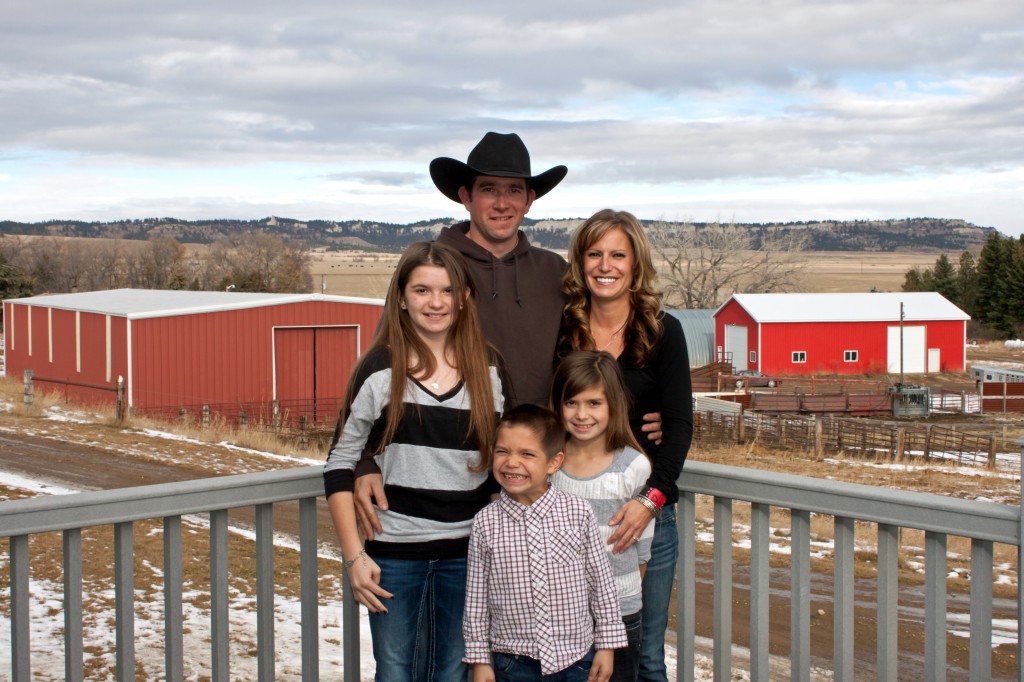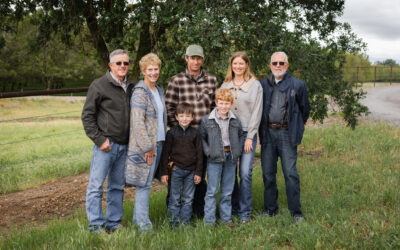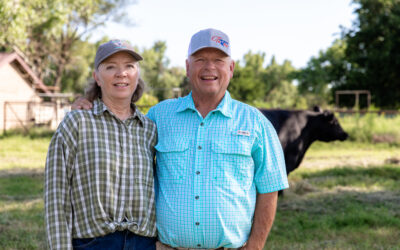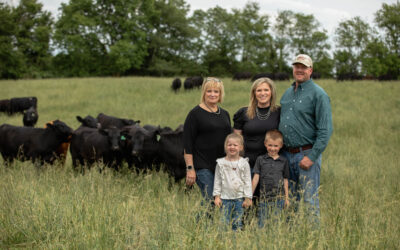Good people, good cattle, good beef
A few weeks ago, I visited the Loehding ranch near Ekalaka, Mont., where they do not lack family history.
Travis and his wife Corey are the fourth generation, and they ranch with the mindset that their kids will be the fifth. Raising quality Angus cattle started in 1917, when Travis’s great-grandma bought a piece of land in Carter County and brought her sons west. Throughout the years the size has quadrupled—twice—all the while, the family strives to raise good beef.
Travis’s parents, Bill and Candy Loehding, are in the active process of passing the ranch to the younger couple, who lived in Denver for years.
“As a team, we decided we wanted to raise our family in a rural lifestyle,” Travis says. “People in small communities like this take care of each other. That’s one of the best features of this area.”
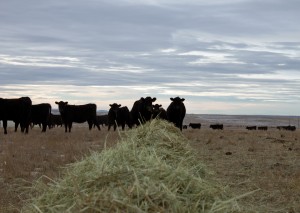
Today, the family runs around 600 mother cows, retaining all heifer calves through the winter until they choose replacements. But it’s their goal with the steer calves that sets them apart.
“I follow in my father’s footsteps when it comes to the steers,” he says. They’re retained through feeding; most recently that means backgrounding on Nebraska corn stalks to help cut down feed costs. “We are simply trying to find the best way to be profitable,” Travis says. “Backgrounding cattle has worked well for us, especially over the past three to four years.”
Then Tom Williams, owner-manager of Chappell Feedlot, gets to employ his skills to finish the cattle.
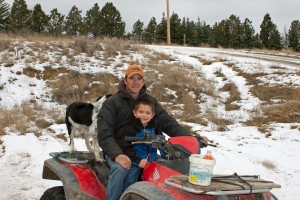
“I think CAB is a target of most producers who raise black-hided calves, even people who don’t retain ownership. Producers simply want to raise good beef,” he says.
The Loehdings certainly know how to do that—and plan to continue for years to come.
~Karoline
Karoline Rose hails from Big Sky country where she is involved in the family ranch and is a student at Montana State University. She served as a CAB writing intern this fall.
You may also like
Legacy in the Golden Land
On a quiet stretch of Northern California rangeland, a different story unfolds. The Borror family’s legacy modestly speaks through the cattle they raise, the ground they steward. The generations who’ve made a life here demonstrate commitment to doing things right, even when no one is watching.
Helping Hands, Helping Herds
“When I die, I want to come back as one of your cows,” murmurs a friend to Steve Zybach. Full to the brim from an alfalfa ration every day, bountiful fields of lovegrass stretched out across the Texas Panhandle—and owners who leave no ounce of cattle care up for question. The Zybachs’ motivation for this level of dedication to their Angus cattle is simply love.
An Ambassador for All
Joanie, with daughter Lindsey and her husband, Adam Hall, raise registered Angus cattle with two primary goals: producing high-quality seedstock that perform well in a wide variety of environments and ensuring end-user satisfaction. Those goals tie everything together, from promoting Angus to other producers to sharing their story with CAB partners and beef consumers.

